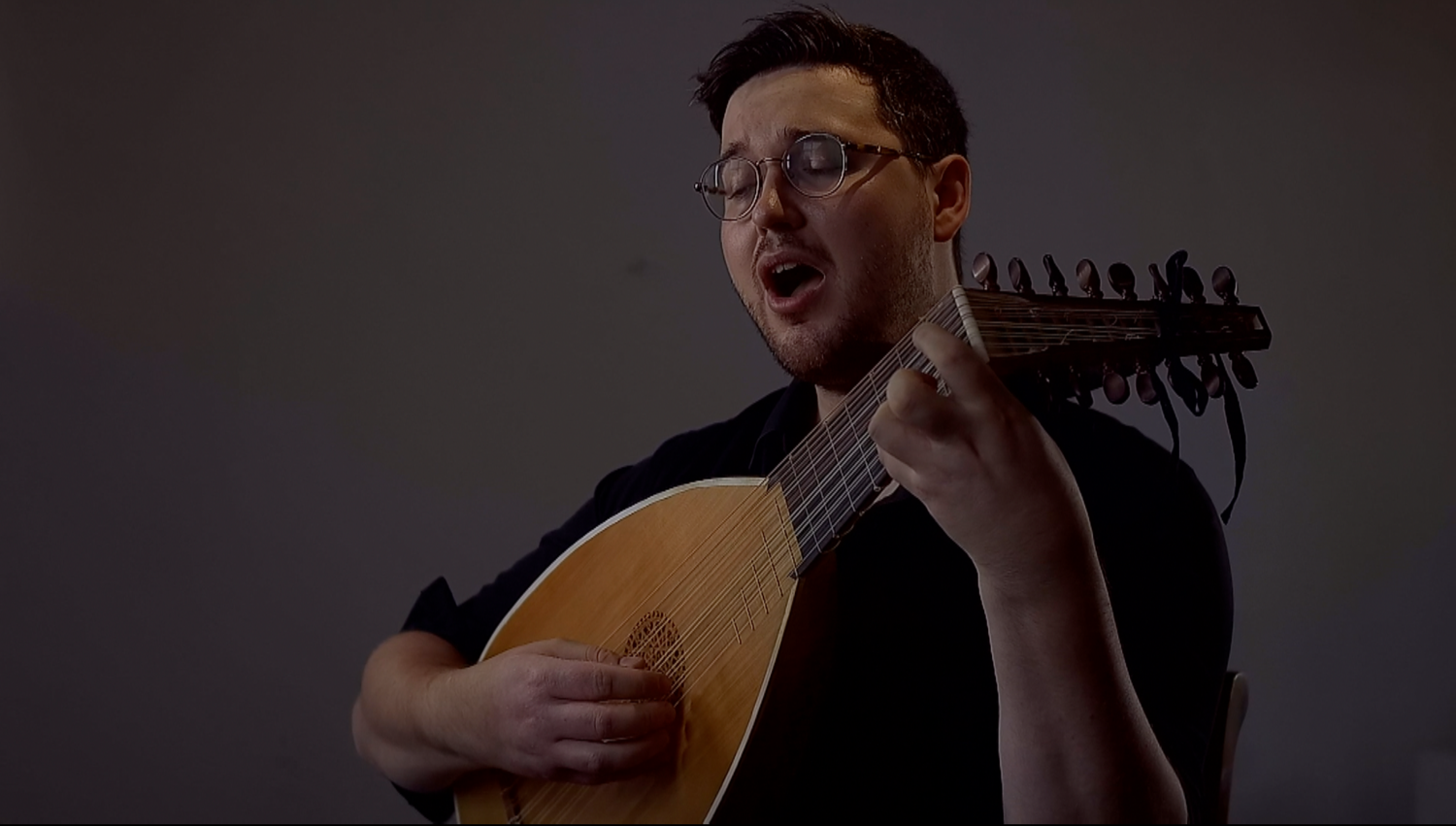Emma Calvé on the ‘Fourth Voice’ Taught to her by Domenico Mustafa (1922)
- Tim Braithwaite

- Jul 16, 2022
- 3 min read
‘During my sojourn in the Holy City, I often went to hear the choir of the Sistine Chapel, which was at that time under the direction of the last of the eunuchs, Mustapha, a Turk, like all his companions. He had an exquisite high tenor voice, truly angelic, neither masculine nor yet feminine in type—deep, subtle, poignant in its vibrant intensity. He sang the classic church music admirably, especially Palestrina. He had certain curious notes which he called his fourth voice—strange, sexless tones, superhuman, uncanny!
I was so much impressed by his talent that I decided to take some lessons from him. The first question I asked was how I might learn to sing those heavenly tones. "It's quite easy," he answered. "You have only to practice with your mouth tight shut for two hours a day. At the end of ten years, you may possibly be able to do something with them."
That was hardly encouraging!
"A thousand thanks!" I exclaimed. "At that rate, I will never learn! It takes too much patience!"
Nevertheless, with the tenacity which is a fundamental part of my character, I set to work. My first efforts were pitiful. My mother assured me that they sounded like the miauling of a sick cat! At the end of two years, however, I began to make use of my newly acquired skill; but it was not until the third year of study that I obtained a complete mastery of the difficult art.
These special notes, which I have used since then with great success, are rarely found in the ordinary run of voices. I have tried repeatedly to develop them in my pupils; but, in spite of hard work and close application, I have never found one pupil who has been able to imitate them.
While I was studying in Rome, I overheard one of my comrades remark that, after all, this "fourth voice" was nothing but a trick. Much vexed, I told Mustapha what had been said.
"Let them howl!" he answered. "Our friends call our achievement trickery when they cannot do the same thing themselves. As soon as they have learned the art, they call it talent!”’
Notes
Emma Calvé, My Life, trans. Rosamond Gilder (New York, London: D. Appleton & Co., 1922).
There are very few recordings of Calvé using this ‘fourth voice,’ but one possible example can be heard in this recording, made in 1908.
Interestingly, Isaac Nathan describes a so-called ‘fourth voice’ in his 1836 Musurgia Vocalis:
‘There is a fourth kind of voice, which is but little appreciated, consequently rarely cultivated—and since I cannot trace any sponsors, either among the Italians, or English, who have given a name to this peculiar style, I shall call it the feigned. I am aware that the falsetto is considered a feigned voice; and certainly that voice must be feigned which is produced by artificial constraint, and that does not consequently seem to come forth naturally from the chest; but the quality of the sound that I allude to is not that which is produced in the throat, and already distinguished under the name of falsetto; nor is it in the voce di testa. It is a species of ventriloquism, a soft and distant sound produced apparently in the chest, and chiefly in the back of the throat and head—an inward and suppressed quality of tone, that conveys the illusion of being heard at a distance:—it is as a sweet and soft melodious sound, wafted from afar, like unto the magic spell of an echo.’
Isaac Nathan, Musurgia Vocalis, an Essay on the History and Theory of Music (London: Fentum, 1836).
The poster below is from the premiere of Massenet’s Sapho, first performed on the 27th of November, 1897. The performance took place in the Théâtre Lyrique on the Place du Châtelet with Emma Calvé in the title role.





Offered by both academic institutions and private firms, AI training can range from beginner-level workshops to advanced, industry-specific Soft Sparks courses. Participants learn to design algorithms, handle data, and develop intelligent applications.